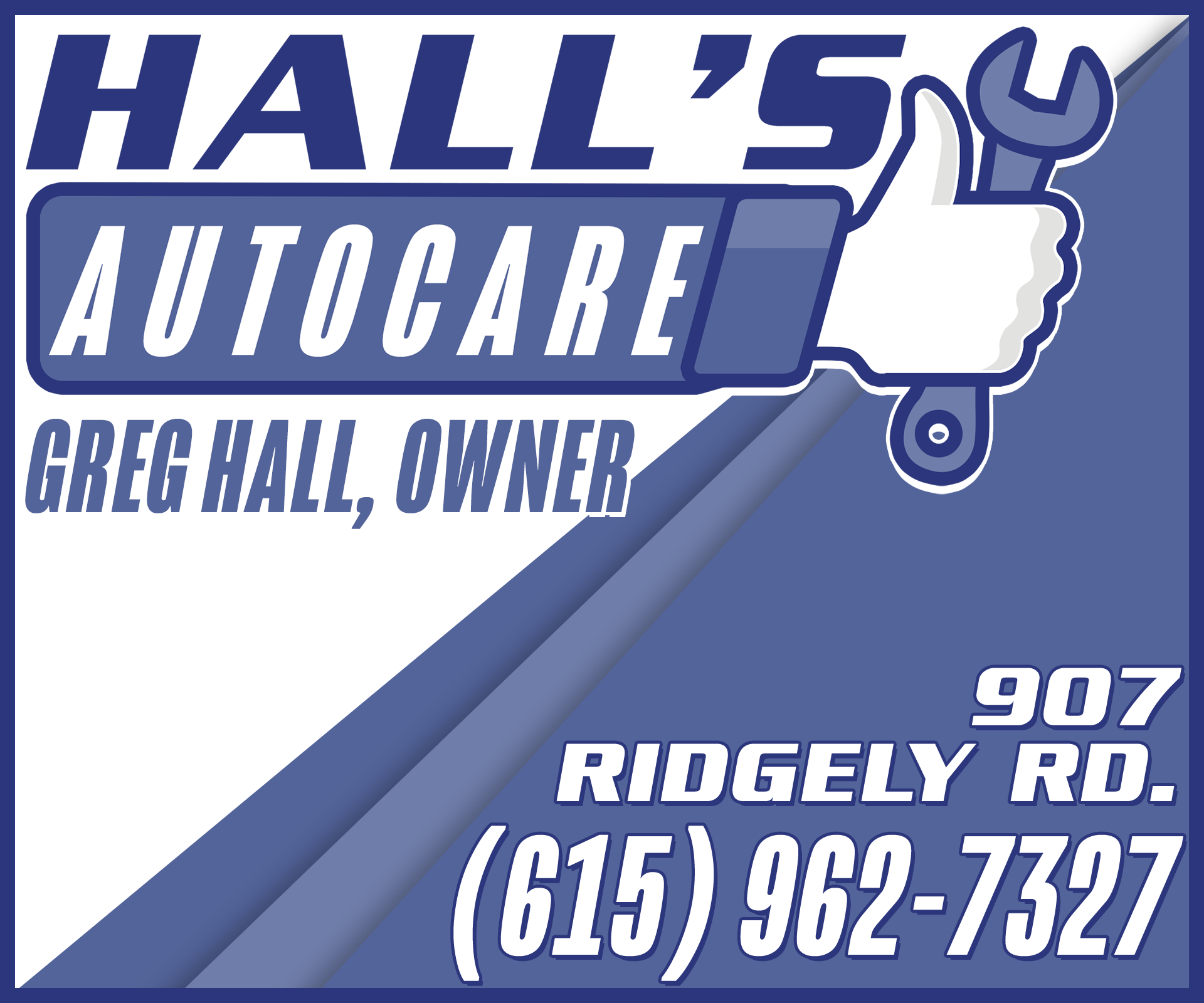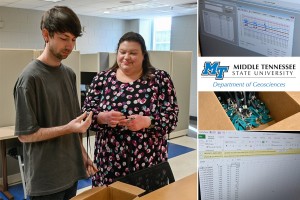Over the past twenty five years of caring for many thousands of patients, I have heard lots of explanations for how their back pain began.
In general, most lower back pain originates from the following five causes.
1. An acute accident or injury. For this type of case the diagnosis is typically very straightforward. A slip and fall, muscle strain, vehicle accident, sprain from lifting or similar event often causes immediate pain.
2. Sub acute accident or injury. This type of case can be a little more difficult to solve. The patient will tell me that they just began having pain recently but cannot recall any specific reason for it. In most cases like this, detailed questioning will reveal that the patient encountered a relatively mild injury a day or so before the pain began. In many situations the event was so mild that the patient did not notice the injury.
3. Chronic pain from ongoing mechanical stress. An example of this type of problem might be a patient that has a desk job that involves hours of sitting each day. Even if they have ergonomic furniture, the prolonged sitting causes back pain.
4. Degenerative discs or joints. These conditions can affect a wide range of patients. This is usually the result of disc and joint deterioration as a result of an injury long ago. Or in some cases a patient is simply more prone to early spinal degeneration as a result of genetics.
Degenerative joint conditions often develop silently for years and are not revealed until the patient realizes that their back pain is getting worse over time.
Degenerative disc processes also include bulging or herniated discs that can result in pinched nerves.
5. Other disease processes such as arthritis. Although patients are often told that their condition is the result of “arthritis”, true arthritic conditions are not often the correct diagnosis. In many cases patients with degenerative disc conditions are misdiagnosed as having arthritis. It is important to get the diagnosis correct to make the best decisions about treatment.
Effective treatment for back pain is dependent on getting the diagnosis right.
If the pain is solely the result of a recent injury or tight muscles, rest and cold packs may be effective.
Many doctors will prescribe pain killers. However, for conditions that have been present for more than a few days, these drugs are likely to bring about temporary relief at best. When the pills wear off, the pain returns. That is because the underlying condition that is causing the pain is not being addressed.
If a patient fails to respond to the first round of drugs, another more powerful selection might be offered. Or physical therapy may be recommended. Physical therapists usually provide treatments such as ultrasound or electric stimulation. These therapies can be helpful for many patients. In addition the patients will often be taught how to do specific exercises at home. This is beneficial for many patients.
If a patient has a disc injury, they may be referred to a spinal surgeon. In extreme cases spinal surgery may be the only reasonable solution. However, spinal surgery necessarily damages healthy tissue while gaining access to the damaged tissue, and should be considered a last resort.
Often patients choose to bypass the traditional medical route and seek alternative solutions for their back pain. Preferred options may include massage, acupuncture and chiropractic care.
Chiropractors are spinal specialists. Chiropractic training includes more time spent studying spinal function in detail than any other medical provider. It make sense that chiropractors will typically have successful treatments for a wide range of spinal issues.
Spinal manipulation is one of the most familiar treatments offered by chiropractors. Many people are surprised to learn that chiropractic care involves much more than spinal manipulation. In our office for example, we provide detailed examinations, therapies such as electrical stimulation, rehab training in corrective exercises, an incredibly wide range of manipulative procedures including very gentle approaches, special therapy called spinal disc decompression to provide non-surgical solutions for injured or degenerative discs.
Regardless of the cause for back pain, there is likely an effective treatment available. The key is matching the treatment to the correct diagnosis.













